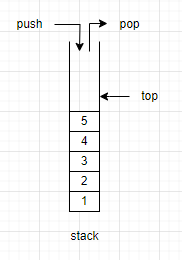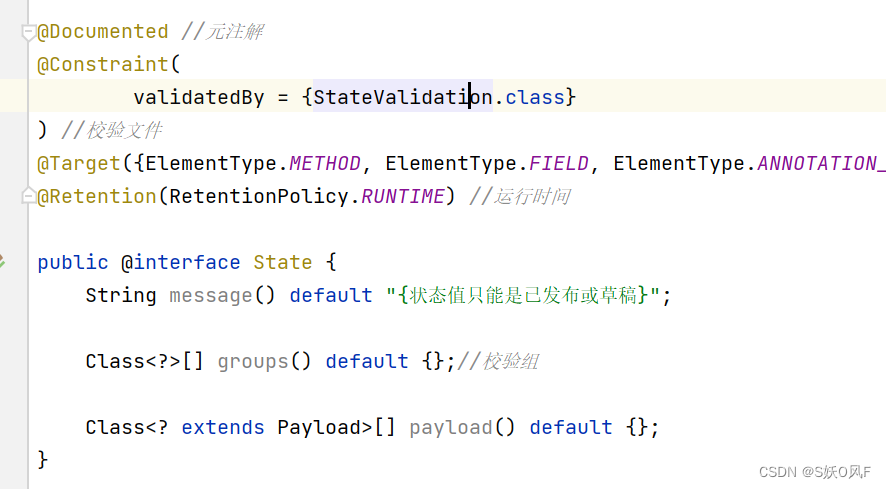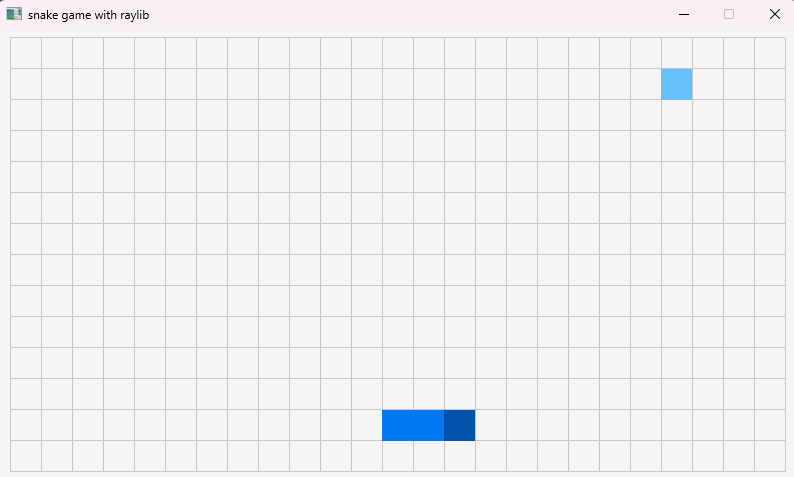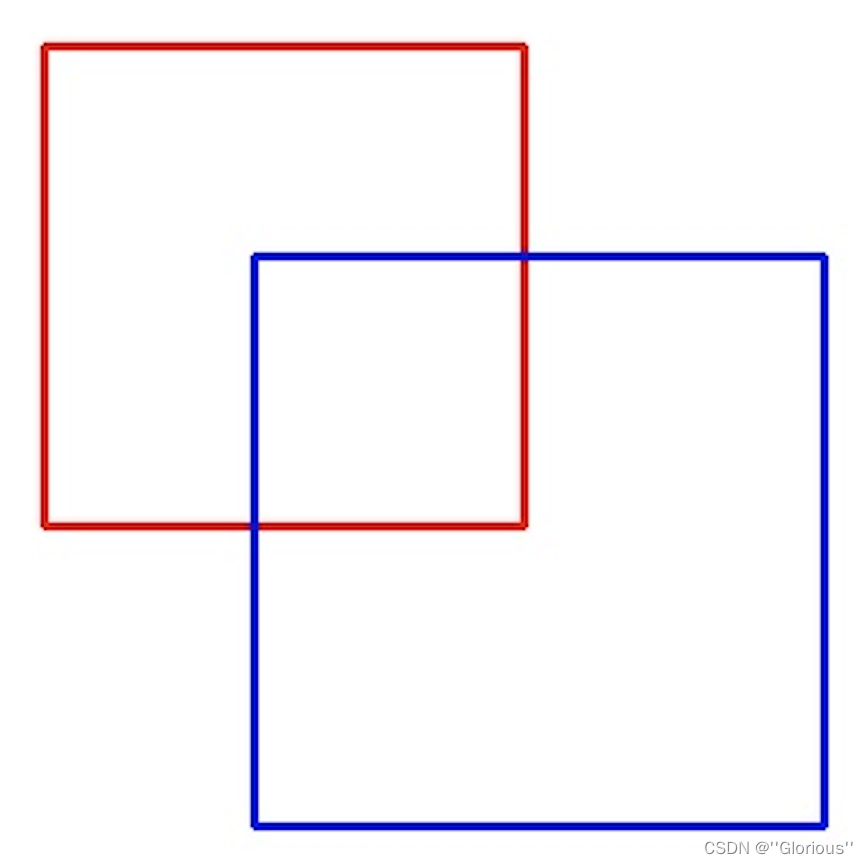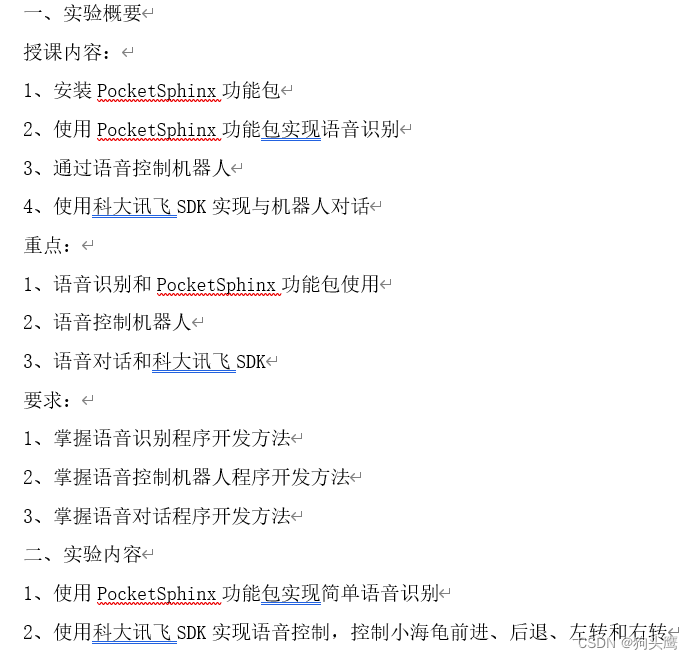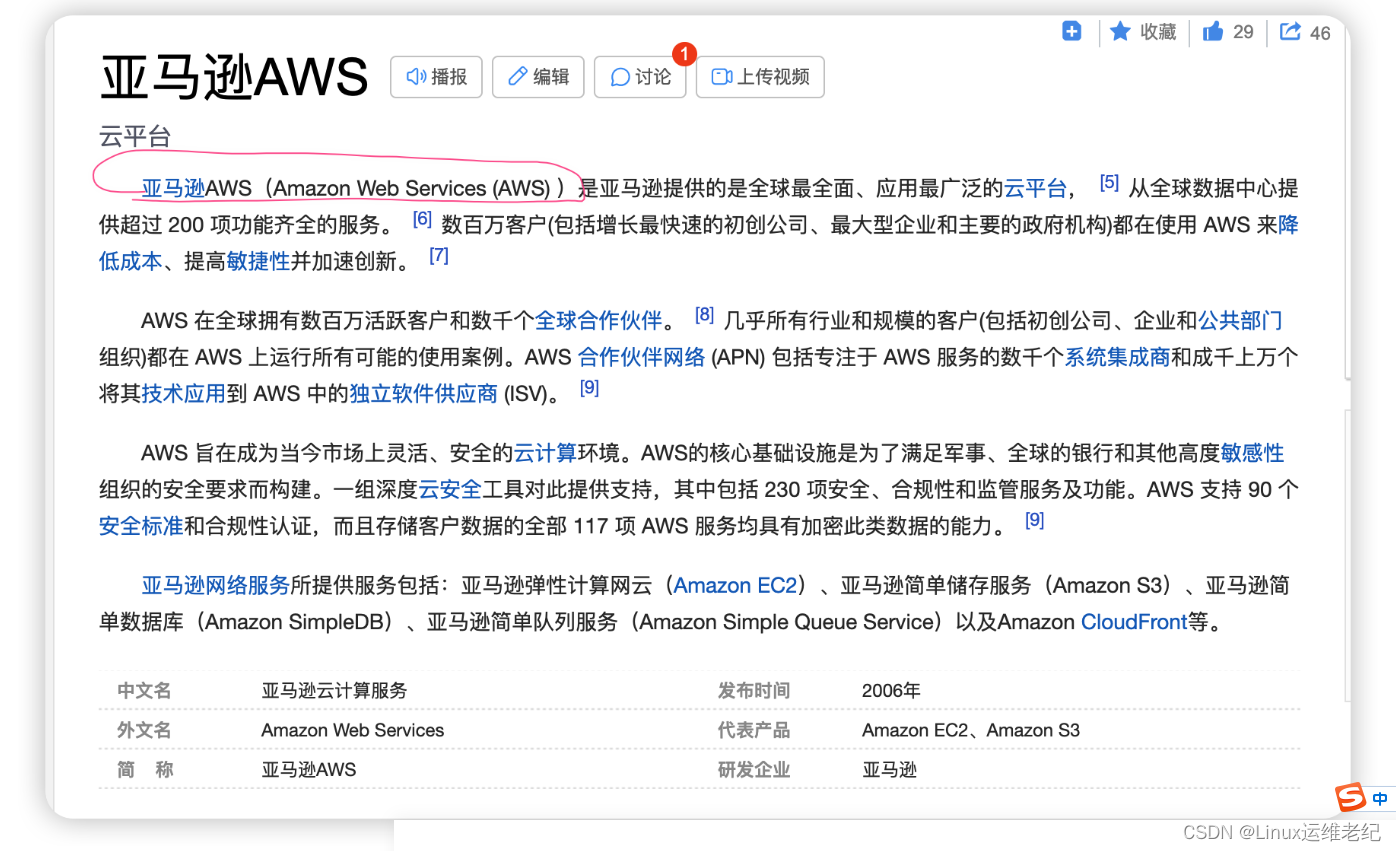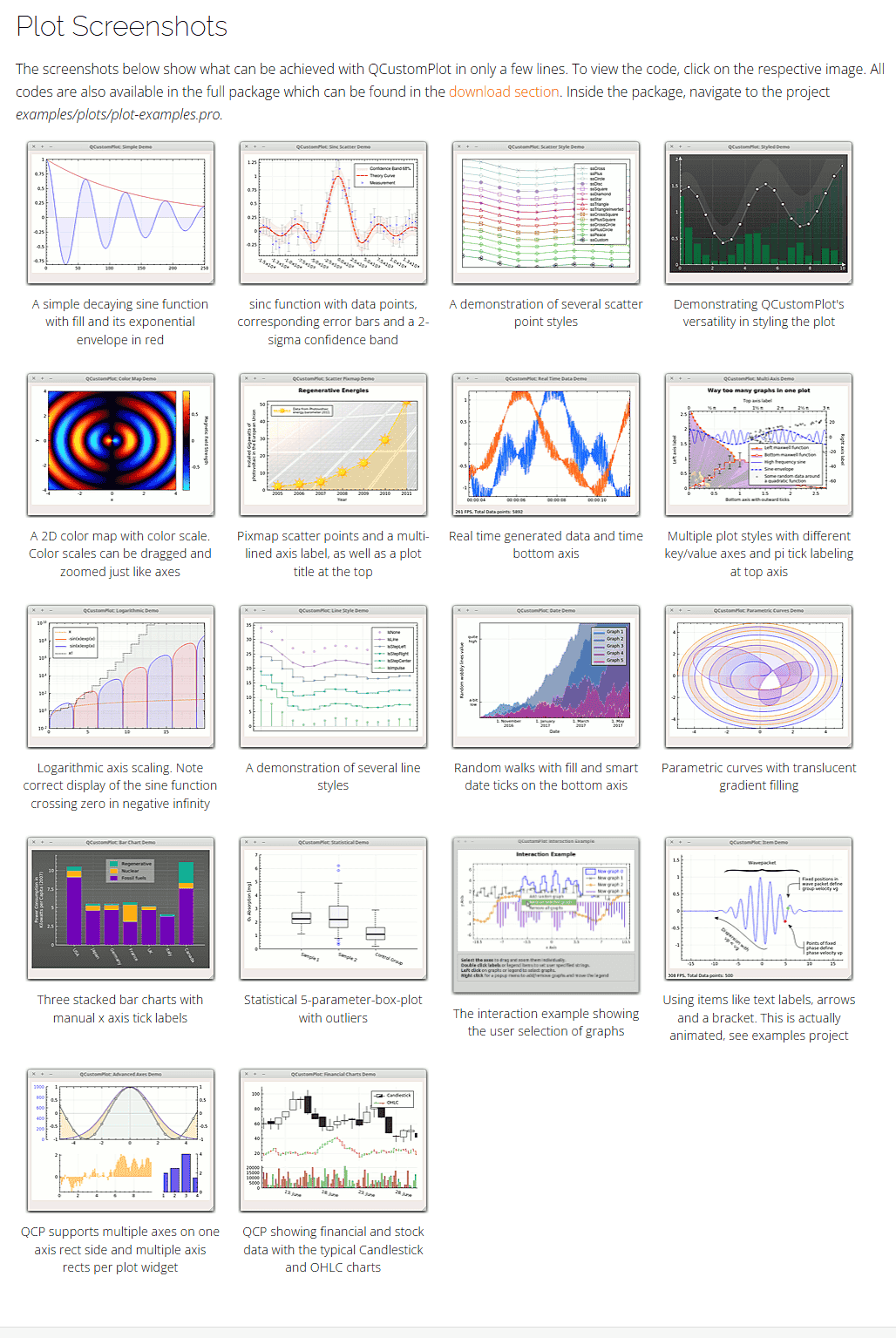Introduction to SIFT
The SIFT algorithm, developed by David Lowe in 1999, is a robust method for detecting and describing local features in images. It’s particularly well-known for its scale and rotation invariance, making it highly effective for object recognition, image stitching, and 3D reconstruction.
Core Technical Details
1. Scale-Space Extrema Detection
The first step in SIFT is to identify potential keypoints by searching for extrema in a multi-scale space. This is done using a Difference of Gaussians (DoG) function.
- Scale-Space Representation:
To detect keypoints at different scales, SIFT constructs a scale space by convolving the input image ( I ( x , y ) I(x, y) I(x,y) ) with Gaussian kernels of varying standard deviations ( σ \sigma σ ):
L ( x , y , σ ) = G ( x , y , σ ) ∗ I ( x , y ) L(x, y, \sigma) = G(x, y, \sigma) * I(x, y) L(x,y,σ)=G(x,y,σ)∗I(x,y)
where ( G(x, y, \sigma) ) is the Gaussian function:
G ( x , y , σ ) = 1 2 π σ 2 e − ( x 2 + y 2 ) / 2 σ 2 G(x, y, \sigma) = \frac{1}{2\pi\sigma^2} e^{-(x^2 + y^2) / 2\sigma^2} G(x,y,σ)=2πσ21e−(x2+y2)/2σ2
- Difference of Gaussians (DoG):
The DoG function is computed by subtracting two nearby scales in the scale space:
D ( x , y , σ ) = L ( x , y , k σ ) − L ( x , y , σ ) D(x, y, \sigma) = L(x, y, k\sigma) - L(x, y, \sigma) D(x,y,σ)=L(x,y,kσ)−L(x,y,σ)
This helps in detecting edges and blob-like structures in the image.
- Finding Extrema:
Keypoints are identified as local extrema (minima or maxima) in the DoG space. Each pixel in the DoG image is compared with its 26 neighbors (8 in the same scale, 9 in the scale above, and 9 in the scale below).
2. Keypoint Localization
After detecting potential keypoints, the next step is to accurately locate them and remove low-contrast points or edges.
- Taylor Series Expansion:
A 3D quadratic function is fit to the local sample points (using Taylor expansion) to refine the position of each keypoint:
x = − H − 1 ∇ D \mathbf{x} = -\mathbf{H}^{-1} \nabla D x=−H−1∇D
where ( H \mathbf{H} H ) is the Hessian matrix and ( ∇ D \nabla D ∇D ) is the gradient.
- Thresholding:
Points with low contrast (below a certain threshold) or that are poorly localized along edges (using the principal curvatures) are discarded.
3. Orientation Assignment
To achieve rotation invariance, an orientation is assigned to each keypoint based on local image gradient directions.
- Gradient Computation:
For each keypoint, the gradient magnitude ( m(x, y) ) and orientation ( \theta(x, y) ) are computed in a region around the keypoint:
m ( x , y ) = ( L ( x + 1 , y ) − L ( x − 1 , y ) ) 2 + ( L ( x , y + 1 ) − L ( x , y − 1 ) ) 2 m(x, y) = \sqrt{(L(x+1, y) - L(x-1, y))^2 + (L(x, y+1) - L(x, y-1))^2} m(x,y)=(L(x+1,y)−L(x−1,y))2+(L(x,y+1)−L(x,y−1))2
θ ( x , y ) = tan − 1 ( L ( x , y + 1 ) − L ( x , y − 1 ) L ( x + 1 , y ) − L ( x − 1 , y ) ) \theta(x, y) = \tan^{-1} \left( \frac{L(x, y+1) - L(x, y-1)}{L(x+1, y) - L(x-1, y)} \right) θ(x,y)=tan−1(L(x+1,y)−L(x−1,y)L(x,y+1)−L(x,y−1))
- Orientation Histogram:
An orientation histogram is formed from the gradient orientations within a neighboring window. Peaks in this histogram correspond to the keypoint’s dominant orientation(s).
4. Keypoint Descriptor
The final step is to create a descriptor for each keypoint that is invariant to scale, rotation, and some degree of affine transformation.
Descriptor Generation:
A 16x16 neighborhood around the keypoint is divided into 4x4 subregions. For each subregion, an 8-bin histogram of gradient orientations is computed, resulting in a 128-dimensional feature vector.Normalization:
The resulting descriptor is normalized to enhance invariance to changes in illumination.
Summary
SIFT is a powerful feature detection and description algorithm due to its robustness to changes in scale, rotation, and illumination. The key stages include:
- Scale-Space Extrema Detection using DoG.
- Keypoint Localization to refine positions and discard unstable points.
- Orientation Assignment for rotation invariance.
- Keypoint Descriptor generation for robust matching.
By understanding these stages, you can appreciate how SIFT achieves its robustness and effectiveness in various computer vision tasks. Let’s delve a bit more into some additional technical details and applications.
Additional Technical Details
Keypoint Descriptor (Continued)
Gaussian Weighting:
To reduce the influence of gradients far from the keypoint center, a Gaussian weighting function is applied. This helps to emphasize gradients closer to the keypoint.Vector Normalization:
After computing the 128-dimensional vector, it’s normalized to unit length. This normalization helps to reduce the effects of illumination changes. Additionally, values in the descriptor are clamped to a maximum value (typically 0.2) and renormalized to further enhance robustness against non-linear illumination changes.
Applications of SIFT
SIFT keypoints and descriptors are widely used in various computer vision applications:
Object Recognition:
SIFT descriptors can be used to match keypoints between different images, enabling robust object recognition even under varying scales and orientations.Image Stitching:
In panoramic image stitching, SIFT keypoints from overlapping images are matched to find corresponding points, which are then used to align and stitch the images seamlessly.3D Reconstruction:
By identifying and matching keypoints across multiple views of a scene, SIFT can facilitate the reconstruction of 3D structures.Robot Navigation:
Robots can use SIFT to recognize landmarks and navigate through environments by matching keypoints from their camera feed with a pre-built map.Tracking and Motion Analysis:
SIFT keypoints can be tracked across video frames to analyze motion and track objects.
Advantages and Limitations
Advantages
Invariant to Scale and Rotation:
SIFT keypoints are robust against changes in scale and image rotation.Robust Matching:
The distinctive SIFT descriptors enable reliable matching across different images.Illumination and Affine Invariance:
SIFT provides some level of invariance to changes in illumination and affine transformations.
Limitations
Computationally Intensive:
The SIFT algorithm is computationally expensive, making it less suitable for real-time applications without optimization.Patent Restrictions:
Originally, SIFT was patented, which limited its use in commercial applications until the patent expired.Vulnerability to Non-Rigid Transformations:
SIFT may not perform well with non-rigid deformations or extreme perspective changes.
Conclusion
SIFT remains a cornerstone in feature detection and description, known for its robustness and wide applicability in various computer vision tasks. Understanding the intricacies of its multi-stage process—from scale-space extrema detection to keypoint descriptor generation—highlights why SIFT has been a pivotal development in the field.
For practical implementation, many computer vision libraries like OpenCV provide built-in functions to compute SIFT keypoints and descriptors, allowing you to leverage its power in your projects.





















